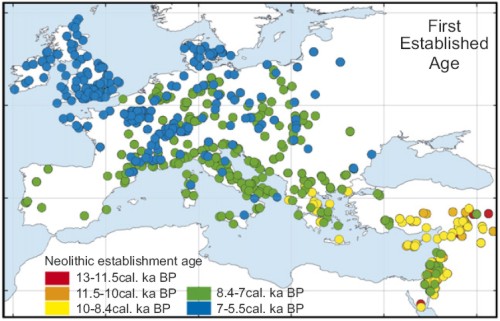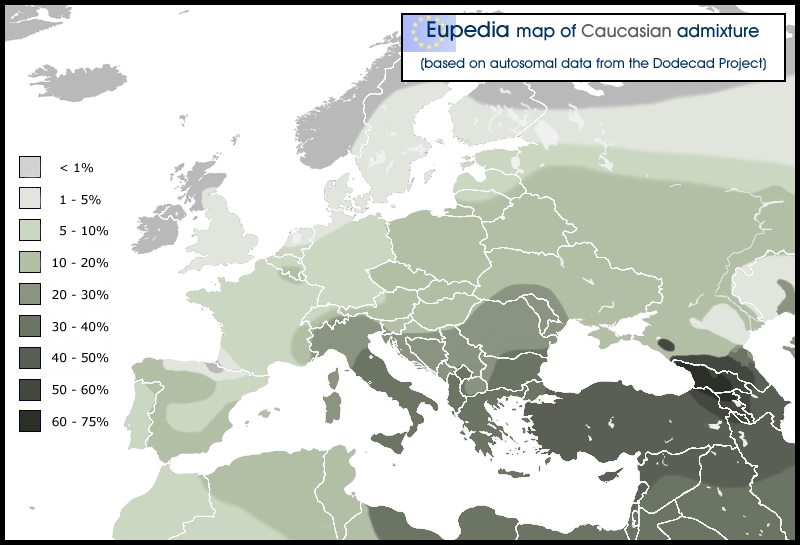Angela
Elite member
- Messages
- 21,823
- Reaction score
- 12,329
- Points
- 113
- Ethnic group
- Italian
EEF - G2a2 came from coastal southwest Anatolia
http://www.eupedia.com/forum/threads/30863-the-origin-of-the-early-european-farmer
there were many different ethnicities in other areas of SW Asia
I'm sure there were other yDna lineages. I'm not sure they were all that different autosomally. The oldest evidence of neolithic settlement in Cyprus is dated to 8800–8600 BC. By that time wouldn't the population of the Near East have been pretty admixed? I think that was the implication of Paschou et al. Therefore, I would think these island hopping farmers brought the genes as well as the animals from the Zagros with them at least.






